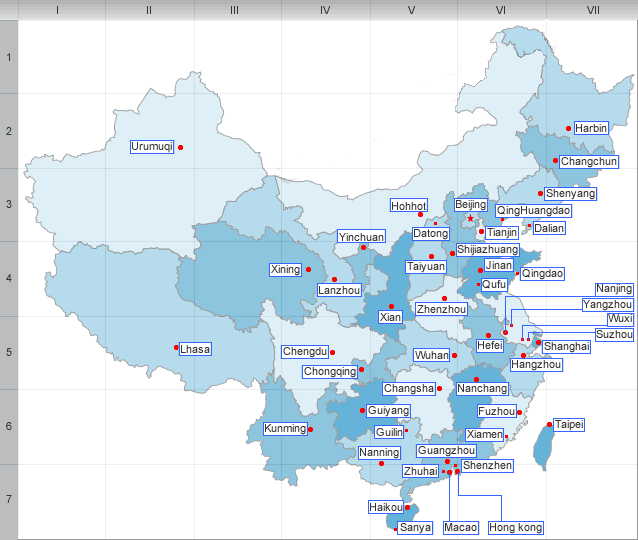History,Geography and climate of Shanghai
History
The name Shanghai dates from the Song Dynasty (AD 960 – 1127), and later under the Ming dynasty it was an area of intense cotton production. This changed when it became the first Chinese port opened to trade with the West after China’s defeat by Britain in the Opium Wars (1842); it came to dominate the nation’s commerce. The city saw severe fighting in the Sino-Japanese War of 1937 – 1945 and was occupied by Japan during World War II. Since 1949, it has become China’s chief industrial and commercial centre and one of its leading centers of higher education and scientific research.
Geography and climate
Shanghai faces the East China Sea (part of the Pacific Ocean), and is bisected by the Huangpu River. Puxi contains the city proper on the western side of Huangpu River, while an entirely new financial district has been erected on the eastern bank of the Huangpu in Pudong.
Shanghai has a humid subtropical climate. Shanghai experiences all four seasons, with freezing temperatures during the winter season and a 32 °C (90°F) average high during the hottest months of July and August. Temperatures extremes of -10°C (14°F) and +41°C (105°F) have been recorded. Heavy rain is frequent in early summer. Spring starts in March, summer in June, autumn in September and winter in December. The weather in spring, although considered the most beautiful season, is highly variable, with frequent rain and alternating spells of warmth and cold. Summer is the peak tourist season, but is hot and oppressive, as the humidity makes it almost impossible for people not used to the environment to breathe properly. Clothes tend to get fairly wet after minutes of walking. Autumn is generally sunny and dry, and the foliage season is in November. Winters are typically grey and dreary, with little or no snowfall. The city has a few Typhoon spells during the year, none of which in recent years have caused considerable damage.
| PREV:Administrative divisions of Shanghai | Next:Economy of Shanghai |



